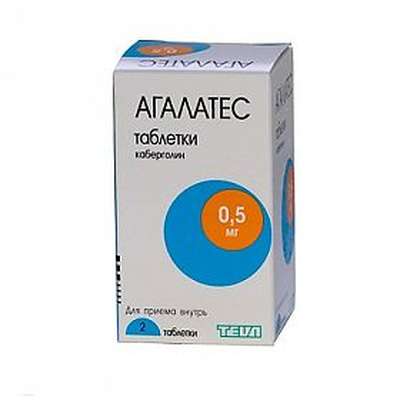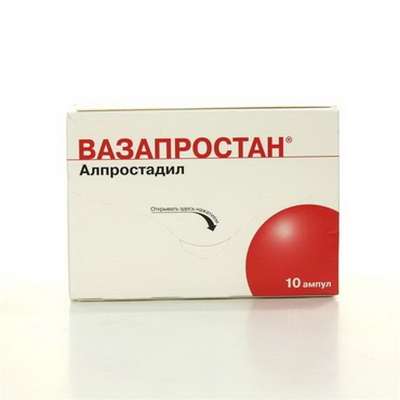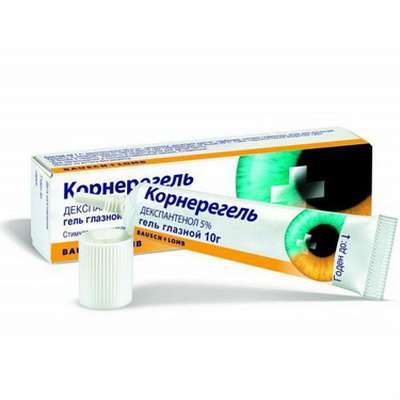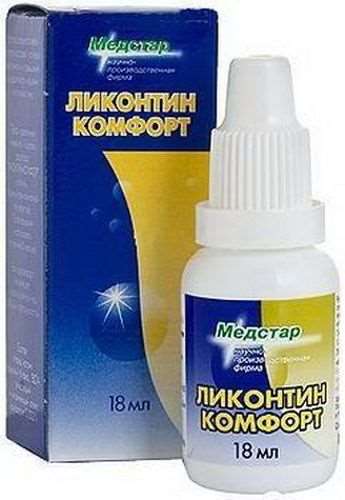Instruction for use: Potassium chloride + Calcium chloride + Magnesium chloride + Sodium hydrocarbonate + Sodium chloride + Povidone 8000
I want this, give me price
Trade name of the drug – Haemodes-8000, Haemodes-N, Krashaemodes 8000, Neohaemodes
The Latin name of the substance Potassium chloride + Calcium chloride + Magnesium chloride + Sodium hydrocarbonate + Sodium chloride + Povidone 8000
Kalii chloridum + Calcii chloridum + Magnii chloridum + Natrii hydrocarbonas+ Natrii chloridum + Povidonum 8000 (genus. Kalii chloridi+ Calcii chloridi + Magnii chloridi + Natrii hydrocarbonatis+ Natrii chloridi + Povidoni 8000)
Pharmacological groups:
Regulators of water-electrolyte balance and acid-base balance in combinations
Substitutes for plasma and other blood components in combinations
Model clinical-pharmacological article 1
Pharmacological action. The effect of the drug is due to the ability of low molecular weight polyvinylpyrrolidone to bind toxins circulating in the blood and quickly remove them from the body. The most fully binds toxins circulating in the blood of patients with dysentery, salmonellosis, food intoxication. With burn disease, the toxins formed in the first 4-5 days of the disease are almost completely inactivated; Toxins formed at a later date are much less neutralized. Toxins formed in the body of patients with acute radiation sickness do not bind, although it is possible to accelerate their excretion from the body. The drug contributes to the elimination of stasis of erythrocytes in capillaries, developing with intoxication of any origin, which leads to improved microcirculation. It enhances kidney blood flow, increases glomerular filtration and increases diuresis. The drug is non-toxic, does not have antigenic and pyrogenic properties. Reducing the molecular weight of the polymer accelerates the excretion of its kidney from the body and improves the detoxification properties of the drug.
Pharmacokinetics. Metabolism in the body is not affected. Quickly excreted by the kidneys, within 4 hours - 80%, after 12-24 hours - completely.
Indications. Shock (posttraumatic, postoperative, burn, hemorrhagic), intoxication (toxic diseases of the digestive tract, including dysentery, dyspepsia, salmonellosis, burn, radiation and hemolytic disease, peritonitis, intestinal obstruction, thyrotoxicosis, liver disease, sepsis, pneumonia; Phase myocardial infarction), toxemia of newborns, gestosis.
Contraindications. Hypersensitivity, intracranial hypertension, hemorrhagic stroke, condition after CCT, CHF IIb-III st., Respiratory failure, severe allergic reactions, thromboembolism, oliguria, anuria, acute nephritis, bronchial asthma, phlebothrombosis.
Dosing. IV by drop infusion (40-80 cap / min), through the device with a filter and a polymer needle to connect to the container.
The dose depends on the age of the patient and the severity of intoxication.
Single dose for adults - 200-500 ml; For children - 5-10 ml / kg; The maximum single dose for infants is 50-70 ml, 2-5 years - 100 ml, 5-10 years - 150 ml, 10-15 years - 200 ml. The drug is administered once or up to 2 times a day for 1-10 days, depending on the severity of intoxication.
In acute gastrointestinal infections, burn and radiation diseases are administered 1-2 times a day; With hemolytic disease and toxemia of newborns - 2-8 times a day (daily or every other day); With large focal myocardial infarction (in the 1st day) - 200 ml once, with complications on the 2nd day - 200 ml.
Side effect. Decrease in blood pressure, tachycardia, difficulty breathing (with rapid administration), allergic reactions of varying severity (up to the development of anaphylactic shock). Infection at the injection site, thrombosis or phlebitis, spreading from the site of infusion.
Special instructions. With extensive burns combined with the introduction of plasma, albumin, gamma globulin.
Before the start of the infusion, it is necessary to check the shelf life of the package. The drug should be clear, free of sediment, sediment and mold. Pressing the container with the preparation is checked for its tightness and integrity of the package. The results of a visual examination are recorded in the medical history. During the treatment, it is necessary to monitor the blood pressure and the patient's condition.
Before administration, the solution is warmed to body temperature.

 Cart
Cart





